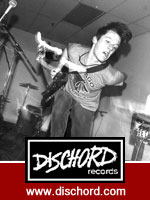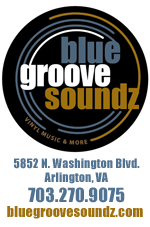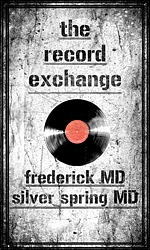
PHOTOS: ERICA BRUCE | The “Who Hits 50!” tour that finally got to the Verizon Center in Washington last week is one steeped in history, of course. So there were plenty of projected photos of the band from the its past, historical passages about their place in fashion and art history, and even an annotated list of past shows in town (that included a surprising 20-year gap between 1969 and 1989).
By the time the band hit the stage, they did all they could to erase the passage of time through lights and sound, succeeding largely through the efforts of lead singer Roger Daltrey, who at 72, can still muster much of the power he had on the recordings, twirl his microphone, and galvanize the crowd.

He’s dropped an octave or so in those decades and is absent a large chunk of his upper range, but he makes do by going into a surprisingly high falsetto and then dropping into deep baritone.
It was Daltrey’s viral meningitis that canceled the original DC date last November. He looked the picture of health in the return date, however, especially compared to the only other original member, Pete Townshend, 70, who despite keeping his familiar profile on guitar and overcompensation on his windmill riffs, couldn’t sing a lick because of a cold.
When he did open his mouth, it was like a croak that made modern day Bob Dylan sound like classic Tony Bennett. He was game to try his few scheduled solo spots, though, and remarked that the cragginess may actually help set the scene for “The One” from Quadrophenia, which, at 43, was the newest album they played.
At that song’s conclusion, he moved into a more easily performed territory for The Who at this point, though rare — an instrumental, “The Rock” also from Quadrophenia. As well chosen as those two songs were, they were also about as obscure as things got in a tour that had hits from top to bottom, with arresting visuals accompanying each one.
The band tended to elongate the oldest songs clumped early in the set—“The Seeker,” “The Kids Are Alright,” “I Can See for Miles,” “Pictures of Lily,” and the unironic “My Generation.” But they also seemed to shorten some of the longer anthems, like the inevitable “Baba O’Riley” and “Won’t Get Fooled Again” that predictably closed the show.



In between there were some great turns, particularly in a “Tommy” suite that emphasized the playing, from “Amazing Journey” to a second instrumental, “Sparks,” to “Pinball Wizard” and “See Me, Feel Me.” Its flow may have been courtesy of musical director Frank Simes, one of three keyboardists in the background whose collective voices aided the songs, especially in the higher choruses.
Rounding out the band, Simon Townshend was a familiar presence on second guitar. And filling the roles of the two sorely missed original members, Keith Moon and John Entwistle, were musicians about as good as it gets on their instruments with Pino Palladino on a largely understated bass that stood out on “The Real Me” and “My Generation,” and Zak Starkey, who Daltrey commented had the hardest slot to fill, but whose drum teacher had been Moon himself (not to mention his dad had been Ringo).



For all the “Who Hit 50!” hoopla, the band actually formed in 1964, making the band’s actual age 52 (and it might be noted, for those who bought a ticket in 1982, 2016 also marks the 34th anniversary of the band’s Farewell Tour).
For years, the Who has largely stayed to its hits, as would befit a golden anniversary tour. Townshend in particular never had enough confidence in his original material the last 40 years to tour it. The fact there are a number of Who favorites they didn’t play on the current swing, though, suggests a “Who Hits 55!” tour in the not too distant future wouldn’t be a surprise.














